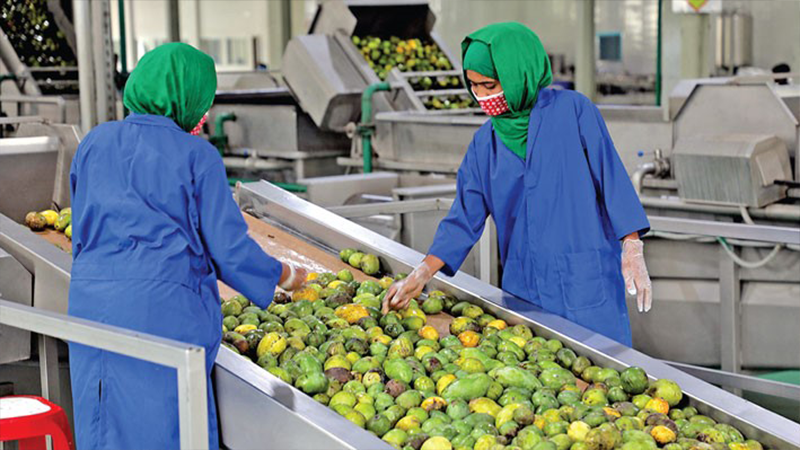GET IN TOUCH
- Please wait...

From the nomadic age to the present day, fruits have been considered an integral source of nourishment. Bangladesh abounds with a large variety of tropical and sub-tropical fruits. Major fruits, such as mango, banana, jackfruit, pineapple, papaya, litchi, guava, and jujube are produced on 79 percent of the harvested area. This cultivation is favored by the range of latitudes and altitudes of the country. The Bengali people have long taken pride in the fertility of their soil. Now, based on the domestic agricultural output, it is evident that their faith is not misplaced. According to recent figures, total fruit production accounts for more than 34 million metric tons. Today, Bangladesh requires intensive collaboration among researchers, extension organizations, private fruit gardens, and nurseries to achieve higher levels of yield.
Fruit cultivation has been a traditional part of the agricultural practices in Bangladesh. The industry is adequately established to provide value-added products, food security, and income for its stakeholders. The demand and cultivation of fruits capable of being processed are facing a steady rise. This trend could soon provide substitutions for imports.

In Bangladesh most fruit production is seasonal and occurs during the month of Jaistha according to the Bengali calendar, also referred to as “Modhu Mash” (honey month). This period falls between May to June. About 54 percent of total fruits produced in the country are harvested and marketed in the months of Baishakh, Jaistha, Ashar, and Srabon, that is, from April to August. The rest of the 46 percent is harvested during the other 8 months. Among the most important fruits harvested during Modhu Mash are mango, jackfruit, litchi, and pineapple. Papaya and banana are produced throughout the year. Further research in this sector is crucial to ensure that harvests of all categories of fruits can be sustained throughout the year.
Over the last decade, the fruit processing industry has been boosted by factors such as increased demand for convenient meals, health awareness, and branding. However, more than 35% of the fruits and vegetables are wasted due to a lack of processing and storage facilities.
A major contributor to the local fruit pulping, canning, and juice industry of Bangladesh is mango – the most commonly processed fruit in Bangladesh. In fact, the country is ranked 9th in the global production of mangoes. In particular, mango pulping is profitable due to its longer shelf life and affordability.
Shortage of cutting-edge technology, modern facilities, and sustainable infrastructure are major obstacles to growth in this industry. Another key stumbling block for this industry is a dearth of research collaboration. Bangladesh Agricultural Research Institute (BARI) has so far developed 40 improved varieties, known as the High Yielding Varieties (HYVs). But most of these HYVs are rarely seen in the fields. The practical uses of these improved varieties are very scarce among farmers. Thus, a significant yield gap exists between the research station and the farmers’ fields. This variance ranges from two to five hundred percent.
The deficiency of proper preservation and processing mechanisms rot about 30 to 40 percent of the total fruits annually. For that reason, imposition of restrictions is necessary on fruit import during peak harvesting seasons in our country, along with the establishment of private sector fruit processing plants. Besides fruits preservation and fruits processing, fruit marketing is also a major drawback for this industry. Farmers do not get a fair price. In fact, in most cases, they even fail to receive 50 percent of the price the consumers pay for the fruits. In reality, the intermediaries end up consuming the farmers’ share of the revenue. Every step, from picking the fruit to delivering the final product should be carried on with more efficiency and diligence.
A potentially rewarding market exists for fruit processors in Bangladesh. The overall impact is likely to alleviate food insecurity and escalate employment in the economy. This is particularly true for a large segment of the rural population. Recent trends show that the rise in fruit production has been sluggish, even with the cultivation of some foreign fruits on local soil. To raise these low levels of agricultural production, the government and the private sector both need to coordinate and use the country’s skilled labor force and rich natural resources to make the fruit processing industry establish a stronger foothold in the global market.
Our experts can help you solve your unique challenges
Stay up-to-date with our Thought Leadership and Insights